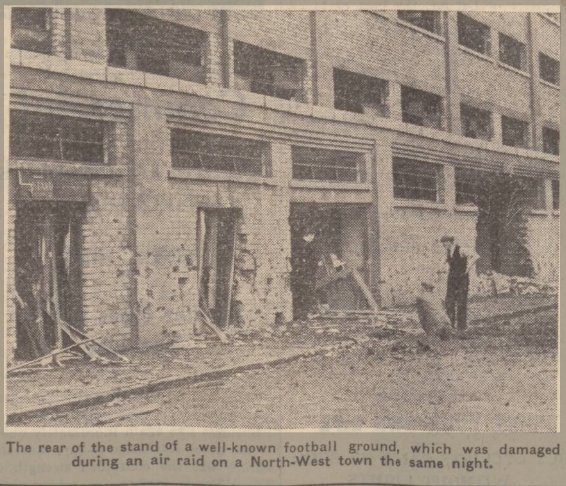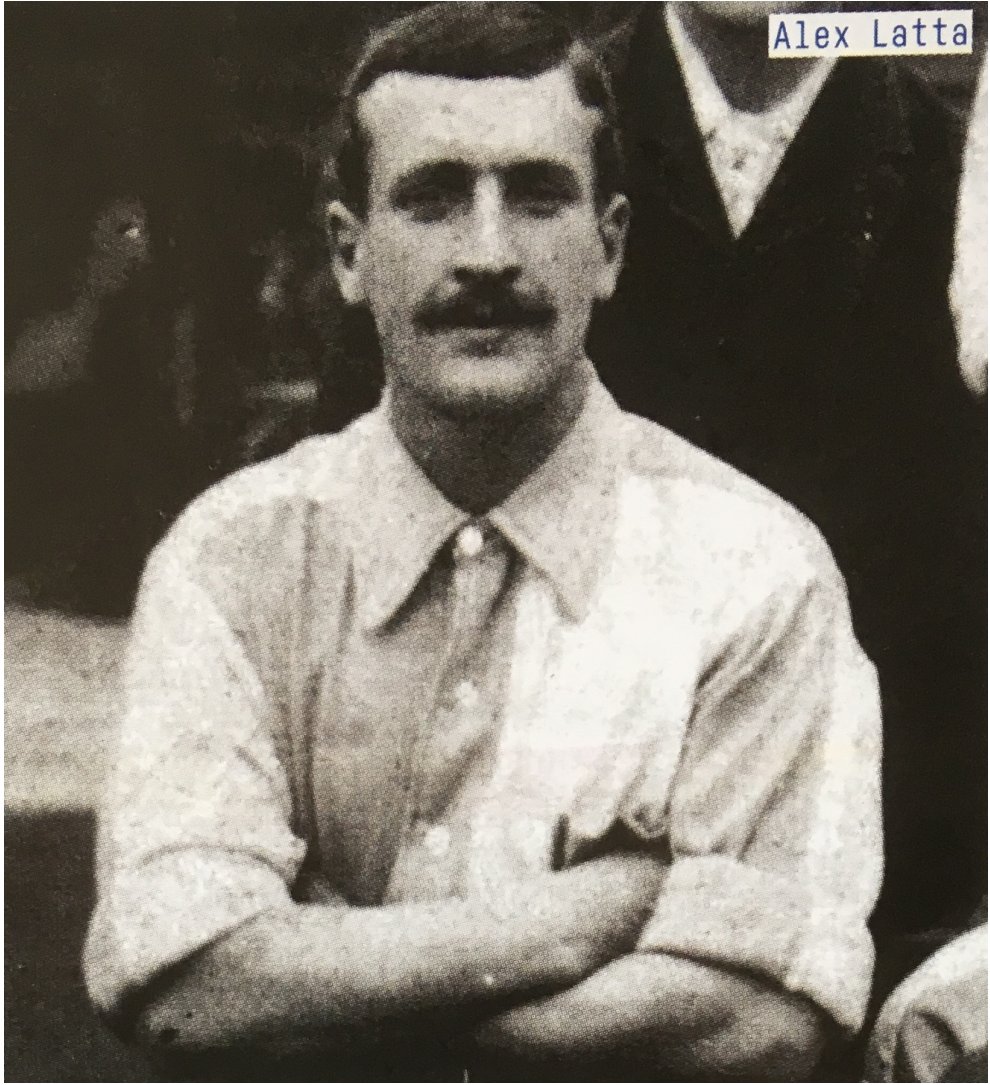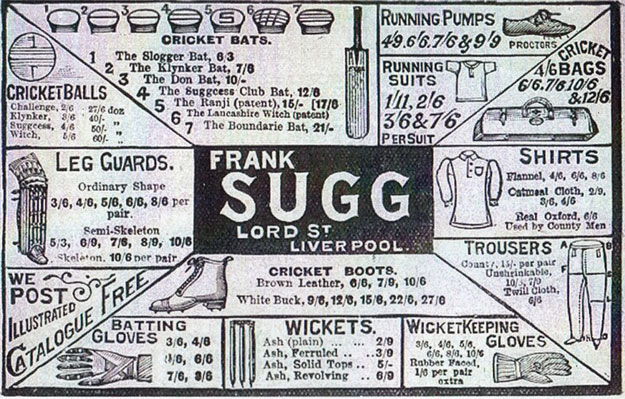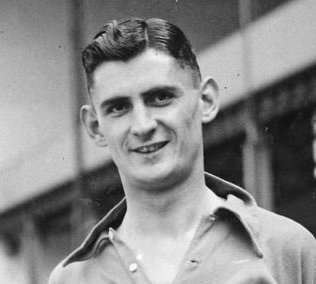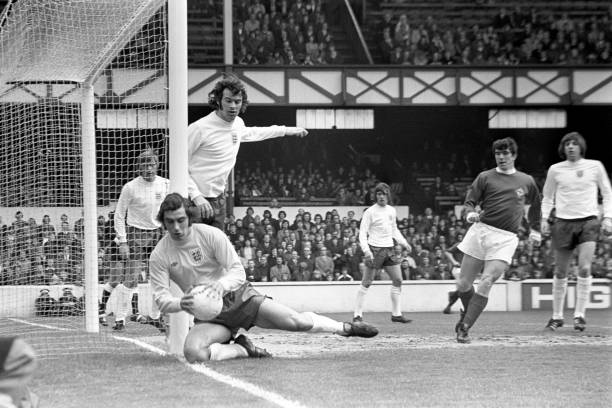Any Chance of a Trial Mr Kelly?
Charlie Lewis had a dream How many of us have dreamt of turning up at Goodison with our boots, blagging our way inside, finding the manager’s office, knocking on the door and asking if there is any chance of a trial, being told ‘Sure son, no problem, come right this way’, playing a blinder, outshining all the other trialists who had been invited to play, walking off feeling you had blown it, only for the manager, not only to take you on, but to put you straight into the first team next Saturday alongside the England centre-forward? And then…


